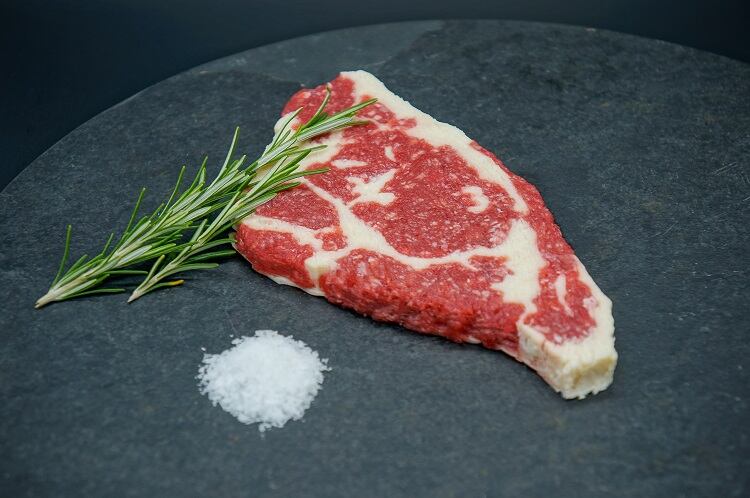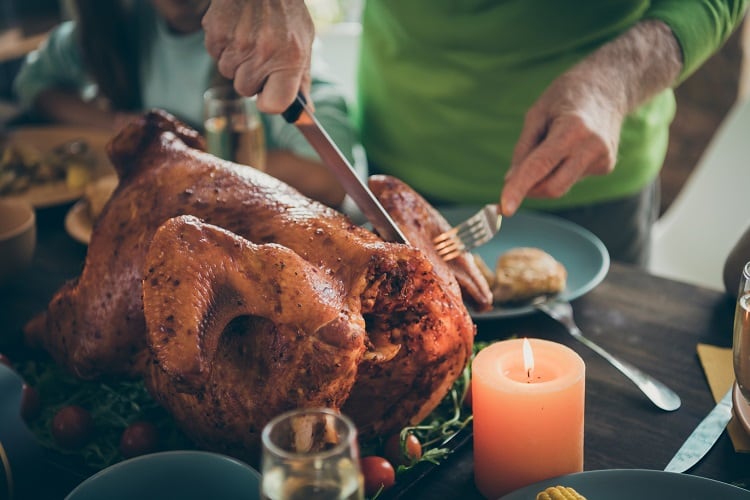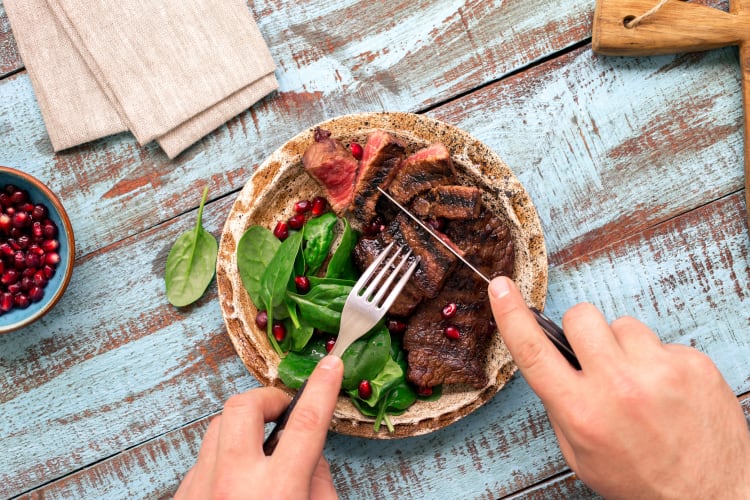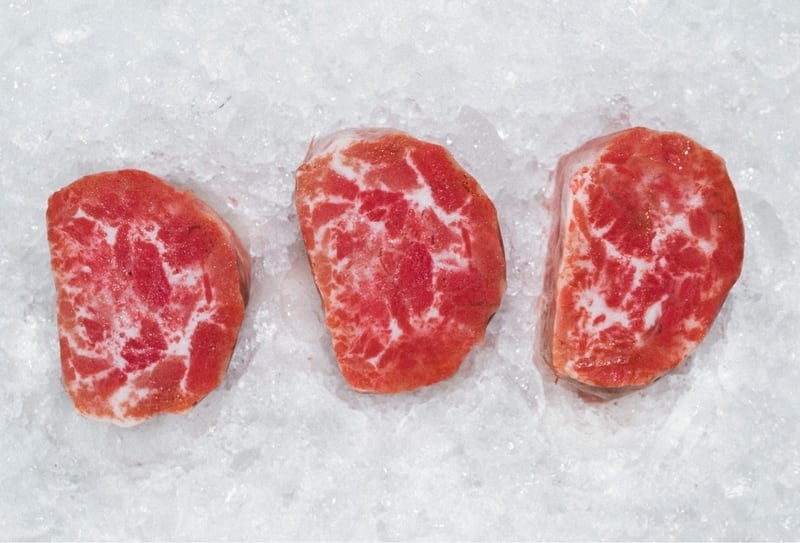Global population numbers are on a steep upward trajectory, with the UN predicting a two-billion-person increase over the next 30 years to take today’ 7.7bn to 9.7bn by 2050.
This presents a significant challenge to the agri-food industry, who is working to not only produce more food, but to do so with limited natural resources.
“We cannot address this challenge with today’s solutions,” said Javier Zaratiegui, CTO and co-founder of Spanish start-up Cocuus. “The resources to feed the entire population are limited, and I assume that none of us want to burden the planet.”
Together with co-founders Daniel Rico (CMO) and Paxti Larumbe (CEO), Zaratiegui is developing technology to advance the alternative protein space, and ultimately, feed more people with fewer resources.
Multi-tech platform ‘Mimethica’
Cocuus, which the trio founded in 2017, develops ‘high technology’ for the biosynthesis of new foods. Specifically, the start-up has developed new plant-based and cell-based manufacturing processes for businesses working in this space.
3D printing is at the heart of Cocuus’ technology. “We carry out analyses of the morphological structure of different foods, and from there, we develop mathematical models that allow us to not only reconstruct them, but to do so in a scalable way,” Zaratiegui told delegates at start-up accelerator Eatable Adventures' demo day this week.
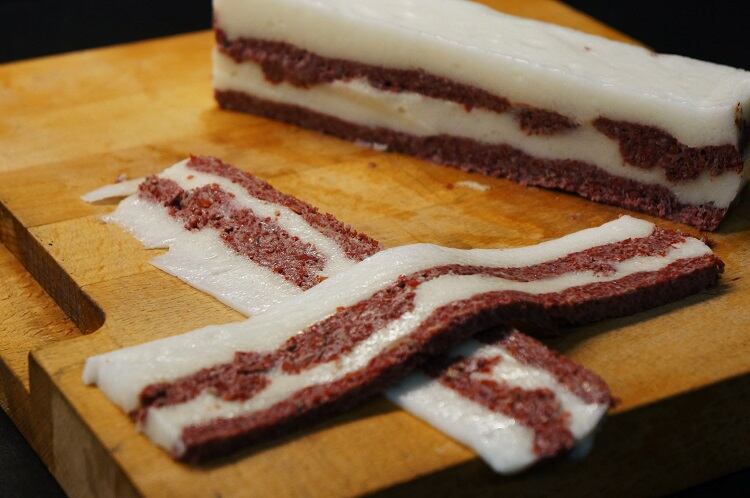
Cocuus is unconvinced that one single technology is enough. Rather, the start-ups has developed a food-tech platform that combines multiple technologies. Coined ‘Mimethica’, the platform includes 3D printing, and inkjet printing, combined with ‘proprietary ingredients’ for the formulation of new food.
The company’s 3D- and inkjet printing technologies are already on the market, but Cocuus is working on three ‘amazingly disruptive disciplines’ to commercialise within the next couple of years.
‘Disruptive’ R&D
The first is Cocuus’ ‘softmimic technology’, a purée tech for older people in nursing homes and hospitals. Essentially, the technology transforms purées into dishes that resemble real food – such as whole meat cuts – that is easier to swallow.
In 2019, Cocuus developed its first softmimic prototype and patented the technology. It plans to kickstart commercialisation later this year.
The start-up is also developing its own bio-printing tech, which it describes as ‘highly scaleable’. The technology involves ‘morphological shaping’ meat and fish products, and recreating them with the use of 3D printing and bio-inks.
Cocus has developed first prototypes of 3D printed ribeye and salmon, and based on early indicators, aims to produce 10kg of product per minute. Pilot tests are pencilled in for 2022, as is commercialisation.
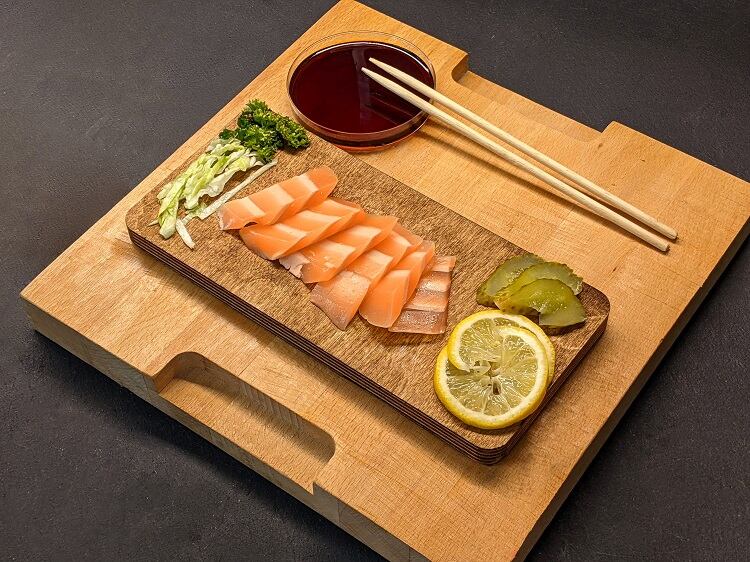
Finally, the start-up is also using 3D printing technology to create scaffolding for the cell-based meat and fish sector with bio-inks. Developing a prototype for its scaffolding technology, filing a patent, undergoing laboratory tests and commercialising a product are all on the cards for 2022.
Commercialisation strategy
Cocuus’ business model is focused on both the sale and lease of its technology, including royalty payments based on the number of units produced.
“This is complemented by the sale of consumables (eg. bio-inks) and the provision of services (including R&D and technical assistance),” Zaratiegui explained.
The B2B approach will target different a variety of sectors. Collective category companies, including hospitals and nursing homes, will be a key focus area for Cocuus’ softmimic technology, whereas the bio-printing and scaffolding technologies will be best suited to plant-based and cell-based start-ups.
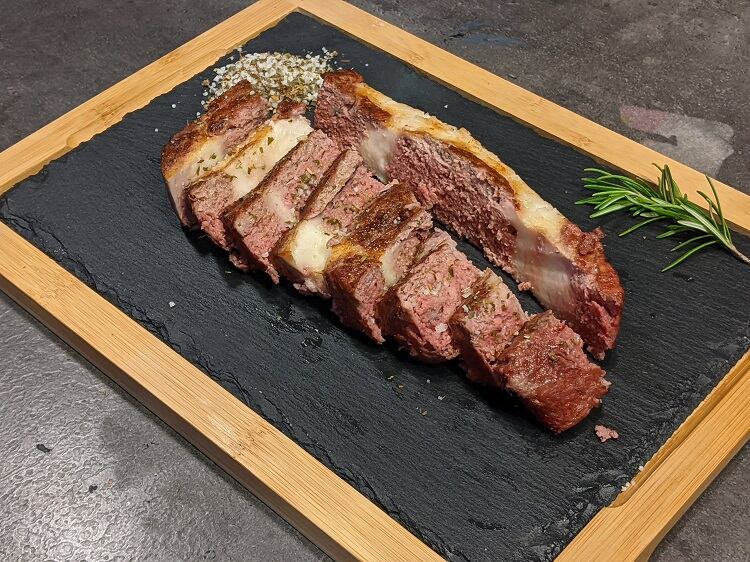
Concerning Cocuus’ bottom line, the CTO revealed the company has achieved profits since 2018, and in 2020 boasted an EBIDTA of €195,000. The start-up predicts sales will reach €7.4m by 2025, with an EBIDTA of €4.4m.
To date, Cocuus has received €1.8m in investment. It recently launched a new investment round that aims to raise €2m. “We will dedicate the resources to marketing and sales, to finish ongoing products, and to continue with research and development.”


